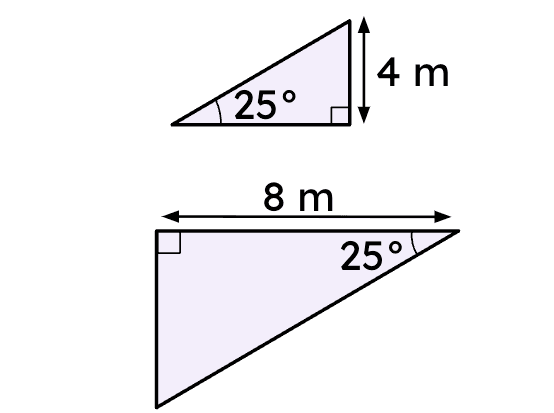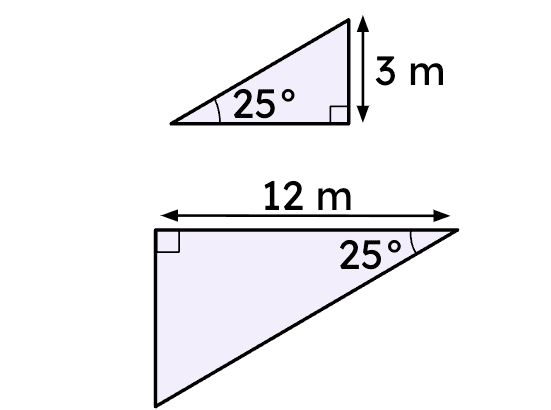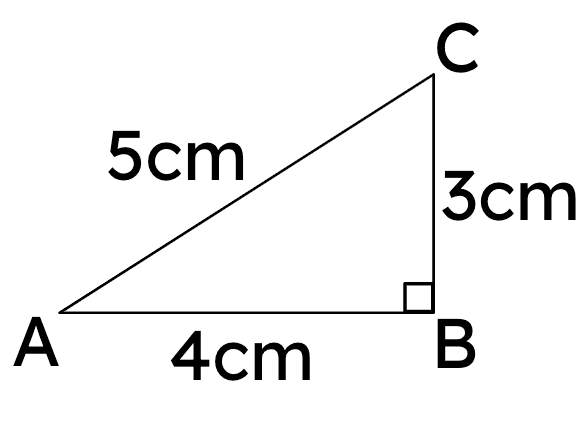Myths about teaching can hold you back
- Year 9
Problem solving with trigonometry
I can use my knowledge of trigonometry to solve problems.
- Year 9
Problem solving with trigonometry
I can use my knowledge of trigonometry to solve problems.
These resources were made for remote use during the pandemic, not classroom teaching.
Switch to our new teaching resources now - designed by teachers and leading subject experts, and tested in classrooms.
Lesson details
Key learning points
- Sometimes there can be more than one valid approach to a problem.
- You should consider all the skills you have.
- Consider multiple approaches and take time to evaluate each.
- Keep the goal in mind throughout, remember what you are trying to find out.
Keywords
Trigonometric ratios - The trigonometric ratios are ratios between each pair of lengths in a right-angled triangle.
Common misconception
Pupils may struggle to identify a right-angled triangle in the problem.
Encourage pupils to sketch the question out and add any known right angles or perpendicular lines, as this may lead to a right-angled triangle.
To help you plan your year 9 maths lesson on: Problem solving with trigonometry, download all teaching resources for free and adapt to suit your pupils' needs...
To help you plan your year 9 maths lesson on: Problem solving with trigonometry, download all teaching resources for free and adapt to suit your pupils' needs.
The starter quiz will activate and check your pupils' prior knowledge, with versions available both with and without answers in PDF format.
We use learning cycles to break down learning into key concepts or ideas linked to the learning outcome. Each learning cycle features explanations with checks for understanding and practice tasks with feedback. All of this is found in our slide decks, ready for you to download and edit. The practice tasks are also available as printable worksheets and some lessons have additional materials with extra material you might need for teaching the lesson.
The assessment exit quiz will test your pupils' understanding of the key learning points.
Our video is a tool for planning, showing how other teachers might teach the lesson, offering helpful tips, modelled explanations and inspiration for your own delivery in the classroom. Plus, you can set it as homework or revision for pupils and keep their learning on track by sharing an online pupil version of this lesson.
Explore more key stage 3 maths lessons from the Trigonometry unit, dive into the full secondary maths curriculum, or learn more about lesson planning.

Licence
Prior knowledge starter quiz
6 Questions
Q1.In a right triangle, if the shortest sides are 48 cm and 20 cm, what is the length of the hypotenuse?
Q2.Which of the following statements is true for these triangles?

Q3.In a right triangle, if the hypotenuse is 45 cm and a second side is 36 cm, what is the length of the third side? (Use a calculator to help you.)
Q4.In a right triangle, if the hypotenuse is 15 cm and a second side is 12 cm, what is the perimeter? (Use a calculator to help you.)
Q5.For this pair of triangles, can you determine whether they are similar without using side lengths?

Q6.Could an equilateral triangle be similar to the triangle below?



